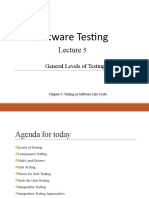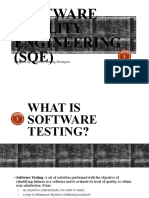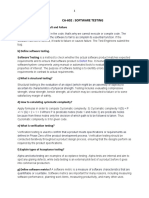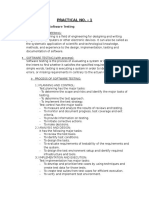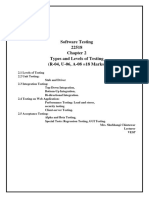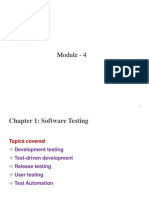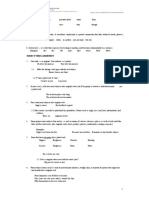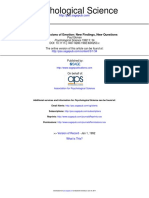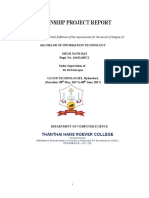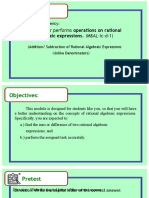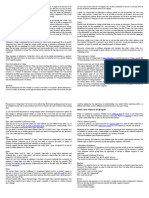0% found this document useful (0 votes)
11 views26 pagesSoftware Testing Module 2 Important Topics PYQs
The document outlines important topics and concepts in software testing, including a detailed code review checklist for C programming, the roles of recordkeepers, stubs, and test drivers, and various testing strategies such as static unit testing and mutation testing. It also explains the JUnit framework for unit testing, dynamic unit testing, and control flow testing, along with defect prevention techniques. Additionally, it discusses the roles of presenters and moderators in review teams and provides insights into the advantages and disadvantages of different testing methods.
Uploaded by
muzu mohdCopyright
© © All Rights Reserved
We take content rights seriously. If you suspect this is your content, claim it here.
Available Formats
Download as PDF, TXT or read online on Scribd
0% found this document useful (0 votes)
11 views26 pagesSoftware Testing Module 2 Important Topics PYQs
The document outlines important topics and concepts in software testing, including a detailed code review checklist for C programming, the roles of recordkeepers, stubs, and test drivers, and various testing strategies such as static unit testing and mutation testing. It also explains the JUnit framework for unit testing, dynamic unit testing, and control flow testing, along with defect prevention techniques. Additionally, it discusses the roles of presenters and moderators in review teams and provides insights into the advantages and disadvantages of different testing methods.
Uploaded by
muzu mohdCopyright
© © All Rights Reserved
We take content rights seriously. If you suspect this is your content, claim it here.
Available Formats
Download as PDF, TXT or read online on Scribd
/ 26






